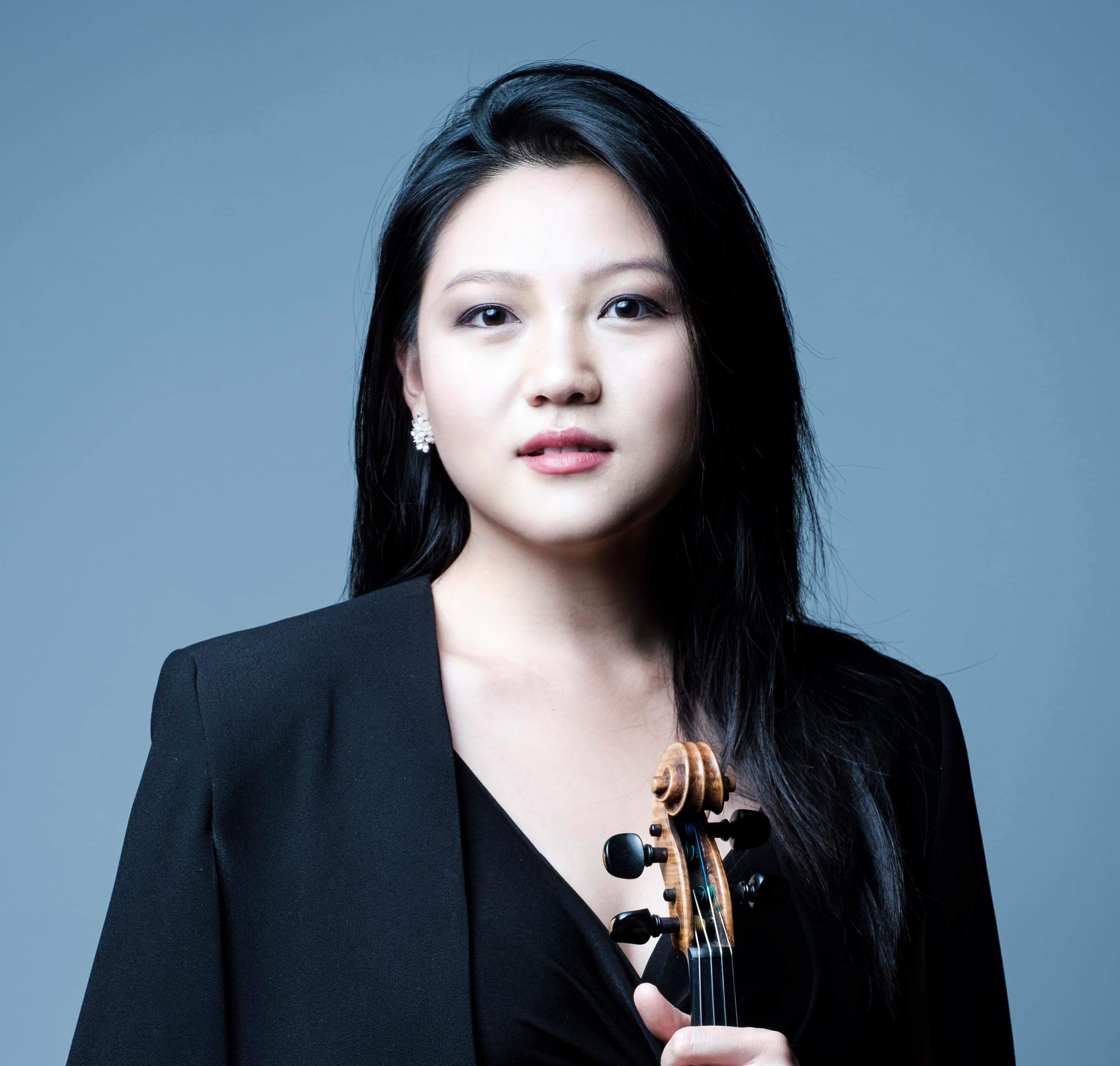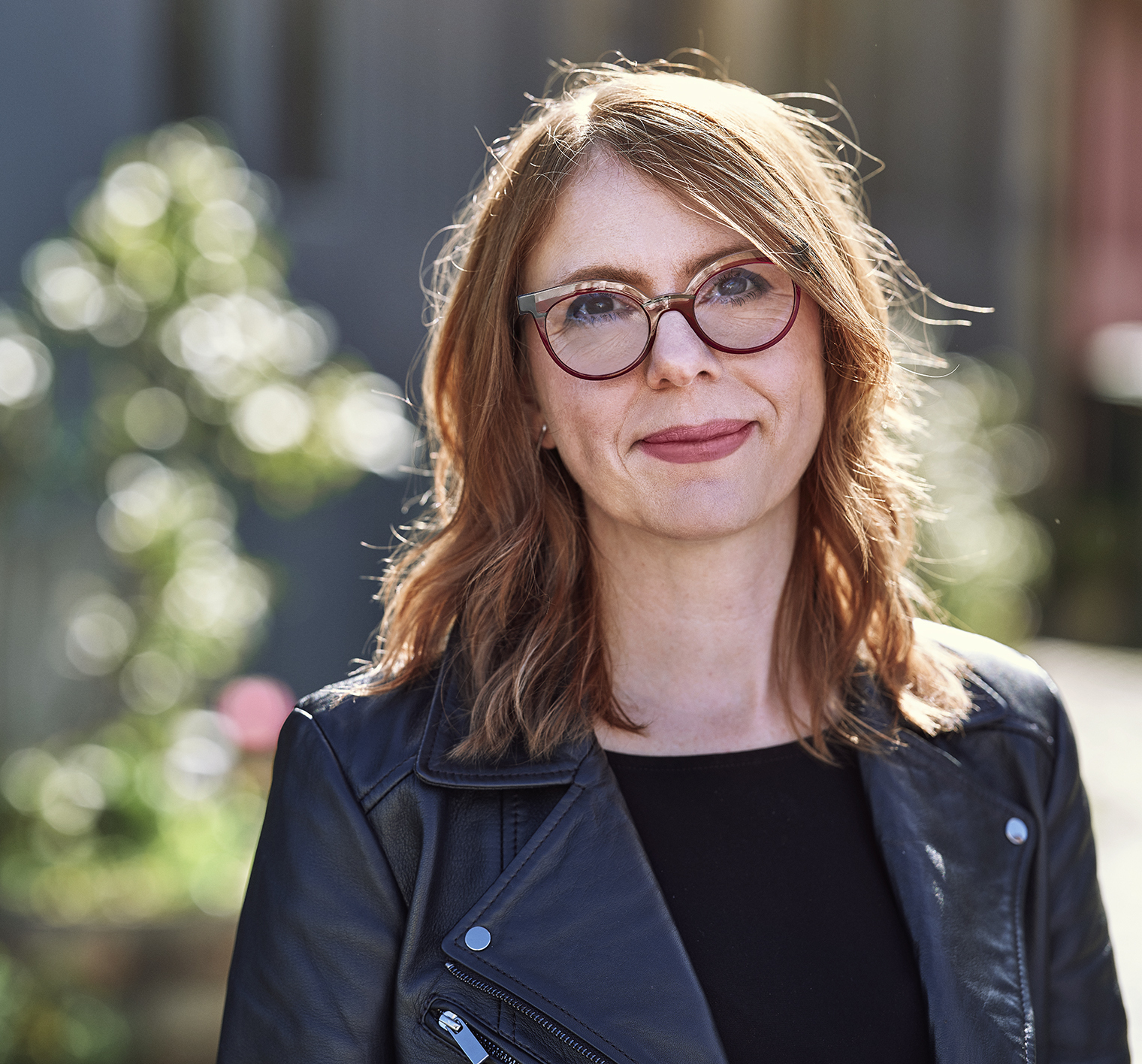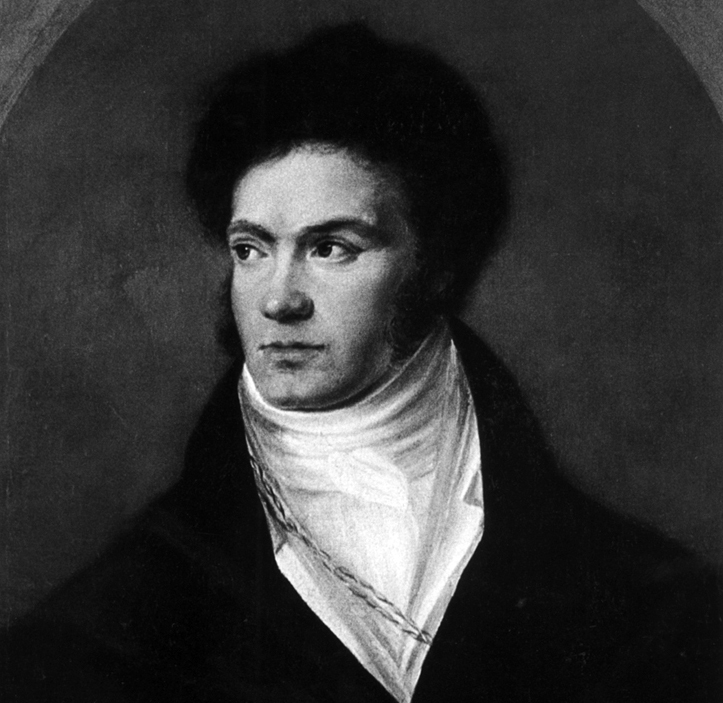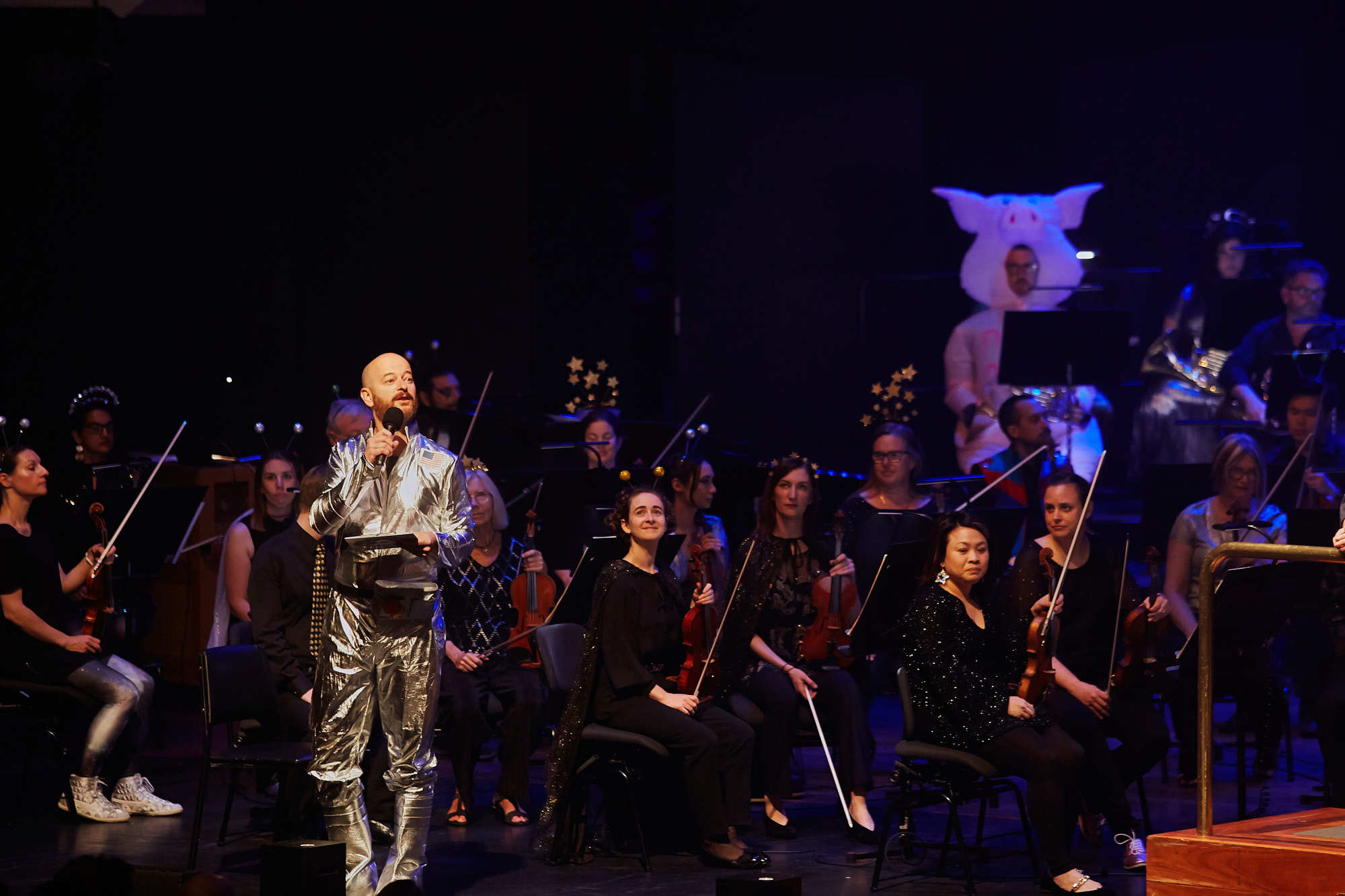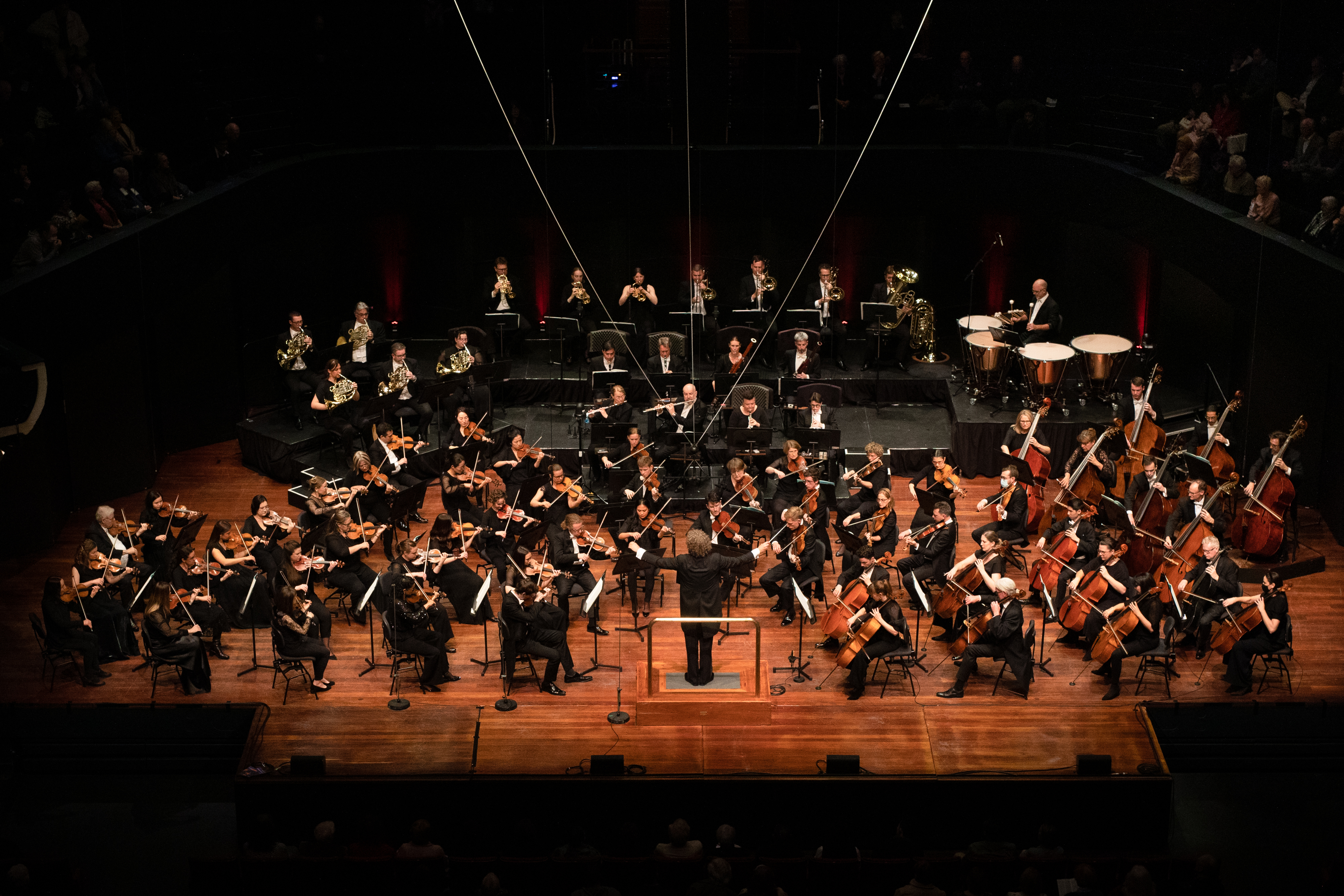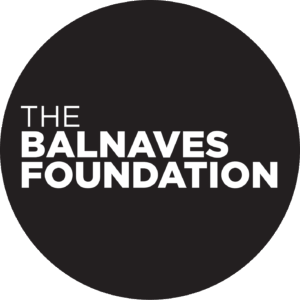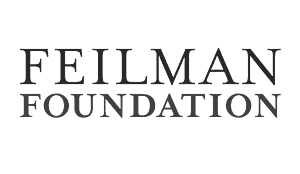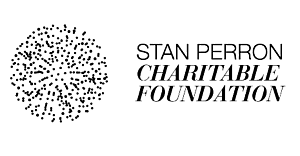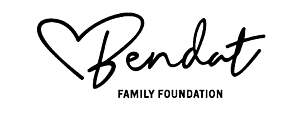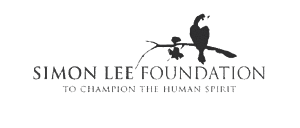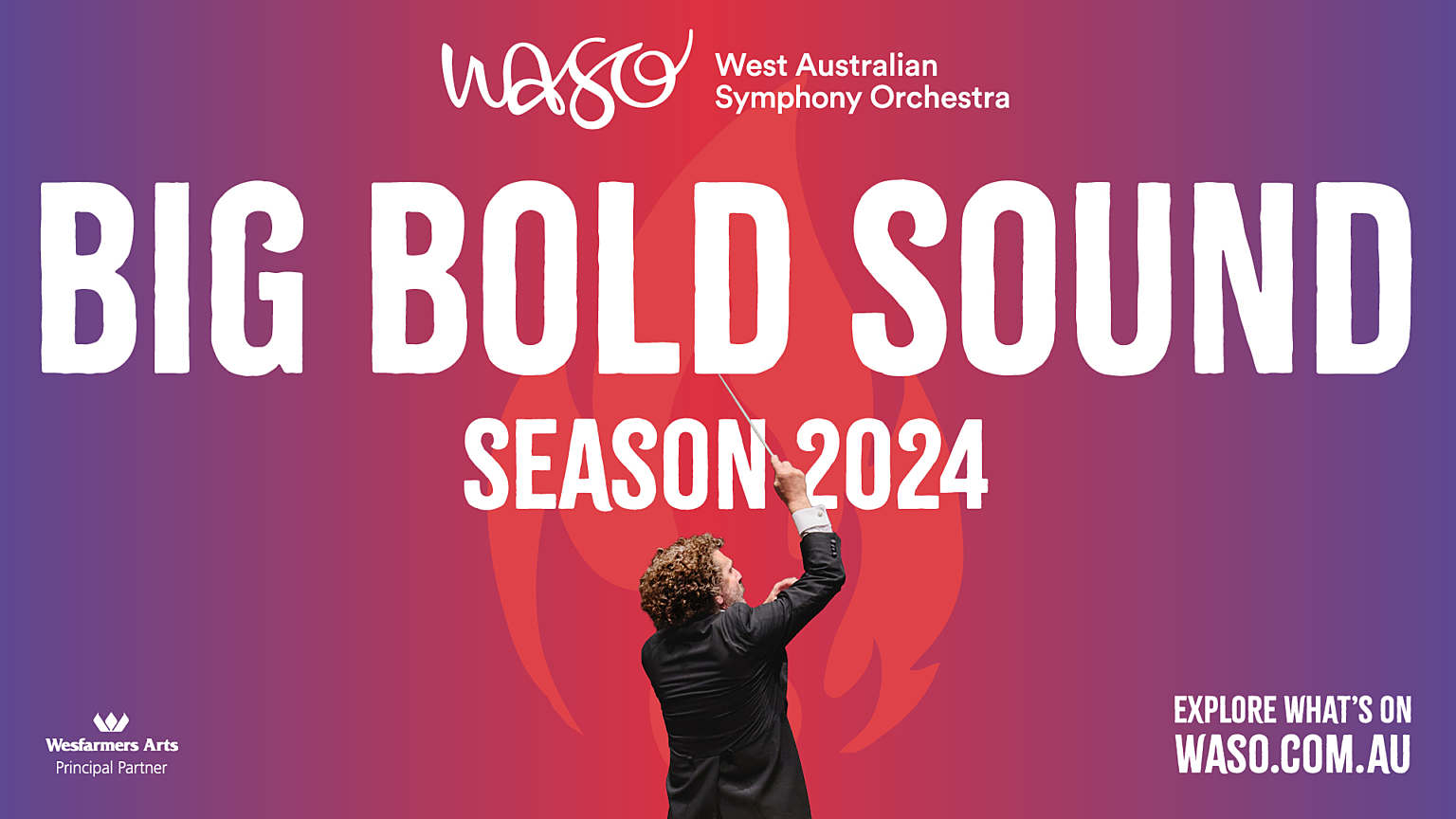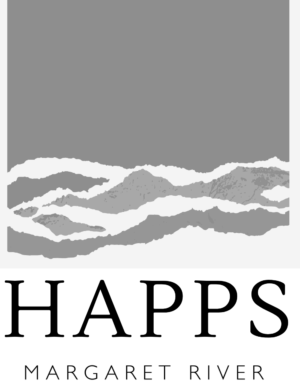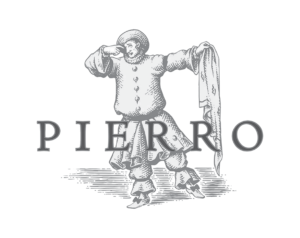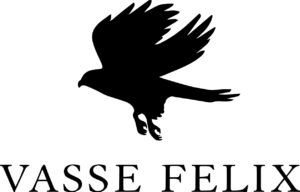Beethoven's Violin Concerto
MACA CLASSICS SERIES
Friday 17 & Saturday 18 November 2023, 7.30pm
Perth Concert Hall

West Australian Symphony Orchestra respectfully acknowledges the Traditional Custodians and Elders of Country throughout Western Australia, and the Whadjuk Noongar people on whose lands we work and share music.
How to use your Digital Program
Beethoven's Violin Concerto
Anna CLYNE This Midnight Hour (12 mins) (Australian Premiere)
Allegro ma non troppo
Larghetto –
Rondo (Allegro)
Interval (25 mins)
Robert SCHUMANN Symphony No.1 Spring (30 mins)
Andante un poco maestoso – Allegro molto vivace
Larghetto –
Scherzo (Molto vivace – Molto più vivace)
Allegro animato e grazioso
Asher Fisch conductor
Emily Sun violin
Asher Fisch appears courtesy of Wesfarmers Arts.
Wesfarmers Arts Pre-concert Talk
Find out more about the music in the concert with this week’s speaker, Prue Ashurst. The Pre-concert Talk will take place at 6.45pm in the Terrace Level Foyer.
Listen to WASO
This performance is recorded for broadcast on ABC Classic. For further details visit abc.net.au/classic
WASO On Stage
About the Artist
About the Artist
Violinist Emily Sun's performance at the ABC Young Performers Awards Finals Concert
About the Music
Meet composer Anna Clyne
About the Music
About the Music

Robert Schumann
(1810-1856)
Symphony No.1 in B flat, Op.38
Andante un poco maestoso – Allegro molto vivace
Larghetto –
Scherzo (Molto vivace – Molto più vivace)
Allegro animato e grazioso
Schumann wrote his First Symphony with a quill pen he had found near Beethoven’s grave in Vienna. It was his first major orchestral composition, and began a brief but intensive creative spurt, in which he also composed the first version of what became Symphony No.4. This was typical of a composer whose creative focus shifted from genre to genre. In April 1839 Schumann wrote to a friend, ‘Sometimes I would like to smash my piano, it has become too narrow for my thoughts.’ Nevertheless, these thoughts still came in small units – typically four- and eight-bar phrases, but Schumann now worked very hard to assemble them into convincing larger forms. The example of Beethoven showed him that each symphony should have a very definite and individual character.
Although Schumann removed the title ‘Spring’ Symphony when the music was published, he was inspired by the springtime in which he was composing, and by the overwhelming happiness of his marriage to Clara Wieck, which had finally happened after so many obstacles. He was ambitious for the esteem to be gained by composing a successful symphony.
Schumann sketched the whole work in four days, and had completed the orchestration within a month. There was another musical stimulus, too. Schumann had just discovered Schubert’s Great C major Symphony (No.9): even after Beethoven, he saw, a symphony could be written in a new way.
The very opening of the symphony matches the rhythm of the first lines of a poem by Adolph Boettger:
O wende, wende deine Lauf,
Im Tale bluht der Frühling auf!
(Oh turn, turn aside thy course,
the valley blooms with spring!)
Schumann sent the first notes to the poet, with the words ‘Beginning of a symphony inspired by D. Adolph Boettger’. This opening caused an embarrassing moment at the first rehearsal. Schumann had scored it, for horns as well as trumpets, on B flat. The valveless horns sounded ‘as though they had caught a violent head cold’; the valveless trumpets could not play the note at all. Mendelssohn, who conducted the premiere on 31 March 1841, solved the problem by transposing the phrase up so that it began on D, and the symphony was published with that alteration. Even after valve horns and trumpets became available, Schumann never changed it back. The clarity of the scoring of the symphony suggests the benefits of working with a first-rate conductor who was also an experienced orchestral composer.
The opening motif dominates the first movement, the first subject of the Allegro being essentially a speeded up version of it. There is a lovely contrasting second subject led by the winds, and the material is elaborately, but essentially undramatically, developed by Schumann’s method of sequential repetition with modulation. At the point of climax which comes with the recapitulation, Schumann substitutes for the first subject of the Allegro an expanded version of the opening fanfare motive.
At the end of the graceful Larghetto the melody is gradually transformed so that after a half-close it becomes the theme of the Scherzo. This stamping dance is contrasted with two trios. The finale begins with a loud outburst for full orchestra stating an upward scale. The tripping main theme made Schumann caution a conductor: ‘I like to think of it as the farewell of spring, so I wouldn’t want it played too frivolously.’ Soon, marked off by restatements of the opening scale, comes a quotation. This skipping theme also appears in Schumann’s Kreisleriana, composed in 1838, and a favourite of its composer. Schumann liked riddles, but one clue to this is that the phrase is so close to one in Mendelssohn’s String Quartet Op.12 that it may be Schumann’s tribute to the conductor of his First Symphony.
The rhythmic pattern of the symphony’s opening plays its part in this movement, too. Schumann thought he was following Beethoven in thus unifying the work, and perhaps he was following Beethoven (the oboe solo in the first movement of the Fifth Symphony), in pausing just before the recapitulation for a flute solo cadenza. But the way this is ushered in by the horns, and its colouristic effect, is poetic and Romantic. ‘Beethoven’s’ quill pen in a fresh hand.
First performance:
31 March 1841, Leipzig. Felix Mendelssohn, conductor.
Most recent WASO performance:
3-14 September 2013. Asher Fisch, conductor.
Instrumentation:
two each of flutes, oboes, clarinets and bassoons; four horns, two trumpets and three trombones; timpani, triangle and strings.
Glossary
Cadenza – a showy passage by a solo instrument, usually towards the end of a concerto movement. Originally, cadenzas were improvised by the soloist to show off their brilliant technique.


